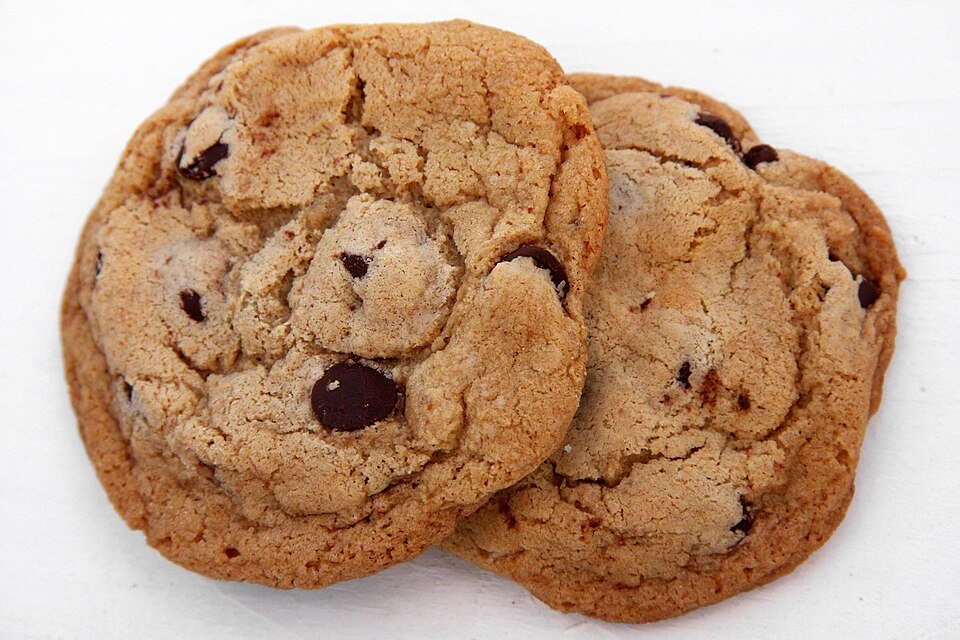Thursday, 13 November 2025
Prebiotic cookie market projected to hit $2.83 Bn by 2033
As the demand for functional foods rises, the prebiotic cookie market is emerging as a dynamic segment within the broader bakery and health-food industry According to Research Intelo, the Global Prebiotic…

As the demand for functional foods rises, the prebiotic cookie market is emerging as a dynamic segment within the broader bakery and health-food industry
According to Research Intelo, the Global Prebiotic Cookie market size was valued at $1.14 billion in 2024 and is projected to reach $2.83 billion by 2033, expanding at a robust CAGR of 10.7 per cent during the forecast period of 2024–2033. The primary driver behind this impressive growth trajectory is the rising consumer awareness regarding gut health and the strong demand for functional foods that support digestive wellness. As consumers become increasingly health-conscious, the incorporation of prebiotics into everyday snacks such as cookies is transforming the bakery segment, making prebiotic cookies a preferred choice for both health-driven and convenience-oriented consumers worldwide.
The global food industry has been rapidly evolving as consumers become more conscious of health and wellness. Among the innovations shaping this shift, prebiotic cookies are gaining significant attention. These cookies are enriched with prebiotic fibres that promote gut health, improve digestion, and enhance overall well-being. As the demand for functional foods rises, the prebiotic cookie market is emerging as a dynamic segment within the broader bakery and health-food industry.
Market Drivers
Rising Health Awareness
Consumers are increasingly prioritising gut health, immunity, and preventive wellness. This trend is driving the demand for functional snacks that go beyond basic nutrition. Prebiotic cookies, fortified with fibres such as inulin, chicory root, or resistant starch, are positioned as convenient options for health-conscious individuals.
Changing Snacking Habits
Modern lifestyles have fueled the growth of on-the-go snacking. However, consumers are now seeking healthier alternatives to traditional cookies. Prebiotic cookies fulfil this demand by offering indulgence coupled with digestive health benefits, making them appealing to both adults and children.
Expansion of the Functional Foods Market
The broader functional foods and beverages market has experienced exponential growth over the past decade. Prebiotic cookies benefit from this momentum, as companies invest in R&D to create innovative formulations and flavours that align with consumer expectations of taste and health.
Market Challenges
High Production Costs
Incorporating prebiotic ingredients into cookies can significantly increase production costs. These fibres often require specialised processing and sourcing, making prebiotic cookies more expensive than conventional alternatives.
Consumer Awareness Gap
While probiotics are widely recognised, prebiotics still face limited consumer awareness. Educating consumers about the benefits of prebiotics in supporting gut microbiota remains a critical challenge for brands.
Shelf-Life and Taste Concerns
Manufacturers must balance the nutritional value of prebiotic ingredients with consumer expectations of taste, texture, and shelf stability. Achieving this balance is vital for widespread adoption.
Market Opportunities
Innovation in Product Formulations
Manufacturers are experimenting with natural sweeteners, gluten-free bases, and plant-based formulations to cater to diverse dietary preferences. Combining prebiotics with additional functional ingredients, such as protein or probiotics, can further enhance the appeal of prebiotic cookies.
Expanding Distribution Channels
The rise of e-commerce, health-focused online platforms, and speciality retail outlets provides ample opportunities for prebiotic cookie brands. Strategic partnerships with supermarkets and wellness stores also help expand consumer access.
Targeting Niche Demographics
Prebiotic cookies are particularly appealing to millennials, parents seeking healthier snacks for children, and fitness enthusiasts. Brands can tailor marketing campaigns to resonate with these segments, highlighting digestive health, natural ingredients, and convenience.
Technological Advancements
Food technology is playing a key role in enhancing the quality and shelf life of prebiotic cookies. Advances in ingredient encapsulation, flavour masking, and fibre extraction are enabling manufacturers to improve taste and texture while retaining nutritional benefits. These innovations are critical to increasing consumer acceptance and market penetration.
Future Outlook
The prebiotic cookie market is poised for strong growth, supported by rising demand for functional snacks and expanding awareness of gut health. As consumers increasingly adopt preventive health measures, prebiotic-enriched foods are likely to become mainstream. Continued innovation, strategic marketing, and expanded distribution networks will be crucial for sustaining growth in this competitive segment.
Technology
Tetra Pak opens Product Development Centre in France
Nov 13, 2025 | Company News
MENU ORDER AI to launch app aimed at GLP-1 users and health-conscious diners
Nov 10, 2025 | Company News
Harnessing Quantum AI for Greener Minds and Healthier Futures
Nov 10, 2025 | Interaction
Food Testing
Intertek acquires Costa Rican testing business Suplilab
Nov 07, 2025 | Company News
Thermo Fisher Scientific launches Orbitrap mass detector for food safety testing
Oct 24, 2025 | Company News
ADM advances quality capabilities with opening of new Central Milling Laboratory
Oct 16, 2025 | Company News
More Popular
Syren Spreads launches spoonable adaptogenic beauty chocolate
Nov 13, 2025 | Company News
Gunpowder Irish Gin expands with new Italian Fig & Laurel Expression
Nov 13, 2025 | Beverages
8 winter foods that transform your skin by healing your gut first
Nov 13, 2025 | Beverages






